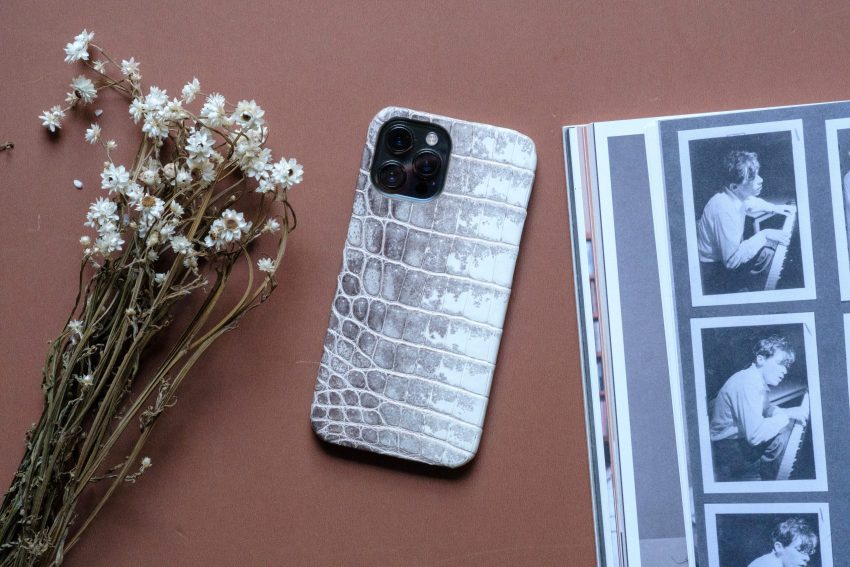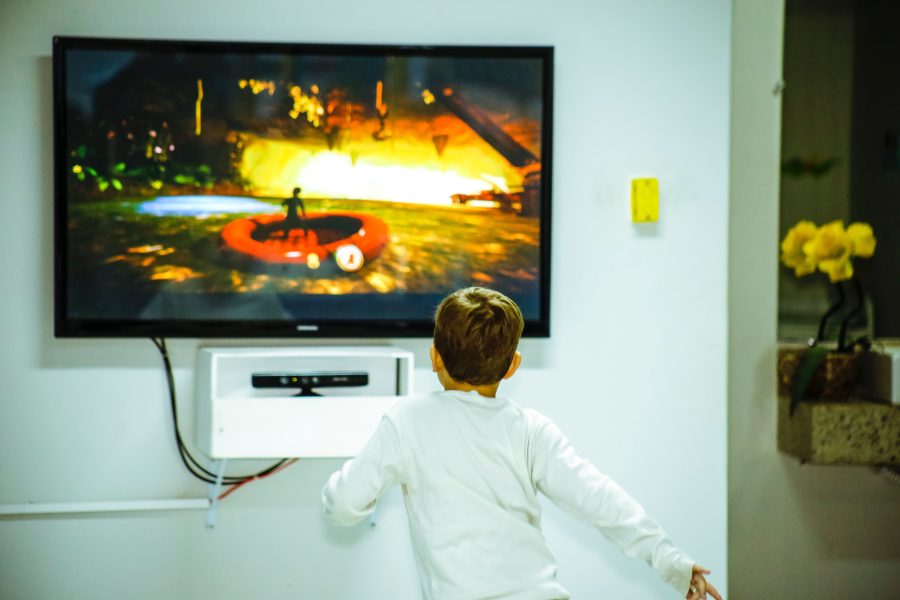Virtual Reality (VR) and Augmented Reality (AR) have revolutionized the way we experience digital content, and smartphones have become powerful tools to enjoy these immersive technologies. With the advent of advanced smartphones like the iPhone 12 and Samsung S21 Ultra, the potential for VR and AR experiences has reached new heights. In this article, we delve into the world of VR and AR on smartphones, exploring the possibilities and the devices that make it all possible.
The iPhone 12, Apple's latest flagship smartphone, boasts impressive capabilities for VR and AR applications. With its powerful A14 Bionic chip and advanced camera system, the iPhone 12 offers a seamless and immersive experience. Whether it's exploring virtual worlds or interacting with augmented reality objects, the iPhone 12 delivers stunning visuals and smooth performance, making it an excellent choice for VR and AR enthusiasts.

On the Android side, the Samsung S21 Ultra stands out as a top contender for VR and AR experiences. Equipped with a high-resolution display, a powerful processor, and a versatile camera system, the S21 Ultra delivers exceptional graphics and performance. Samsung's partnership with Oculus further enhances the VR capabilities of the S21 Ultra, allowing users to enjoy a wide range of virtual experiences with ease.
Both the iPhone 12 and Samsung S21 Ultra offer a variety of VR and AR apps through their respective app stores. From games and educational experiences to immersive storytelling and virtual tours, there is a vast library of content to explore. These smartphones provide the necessary hardware and software support to ensure a seamless and enjoyable experience.
In addition to dedicated VR and AR apps, these smartphones also offer compatibility with popular VR headsets and accessories. Whether it's a standalone VR headset or a smartphone-powered device like Google Cardboard, users can take their VR and AR experiences to the next level by immersing themselves in a virtual world.
The versatility of VR and AR on smartphones goes beyond entertainment. These technologies have found applications in various industries, including education, healthcare, and architecture. From virtual anatomy lessons to augmented reality surgical procedures, VR and AR have the potential to transform how we learn, communicate, and visualize information.
As VR and AR continue to evolve, advancements in hardware and software will further enhance the immersive experiences on smartphones. From improved graphics and processing power to more sophisticated tracking and gesture recognition, future smartphone models will unlock even more possibilities for VR and AR enthusiasts.
In conclusion, the iPhone 12 and Samsung S21 Ultra have paved the way for immersive VR and AR experiences on smartphones. With their powerful hardware, cutting-edge cameras, and extensive app ecosystems, these devices offer a gateway to virtual worlds and augmented reality overlays. Whether you're a gaming enthusiast, an education advocate, or a curious explorer, the iPhone 12 and Samsung S21 Ultra provide the tools to embark on captivating VR and AR journeys.


